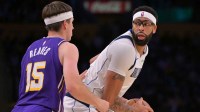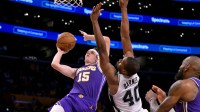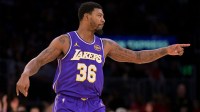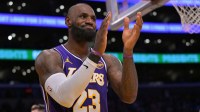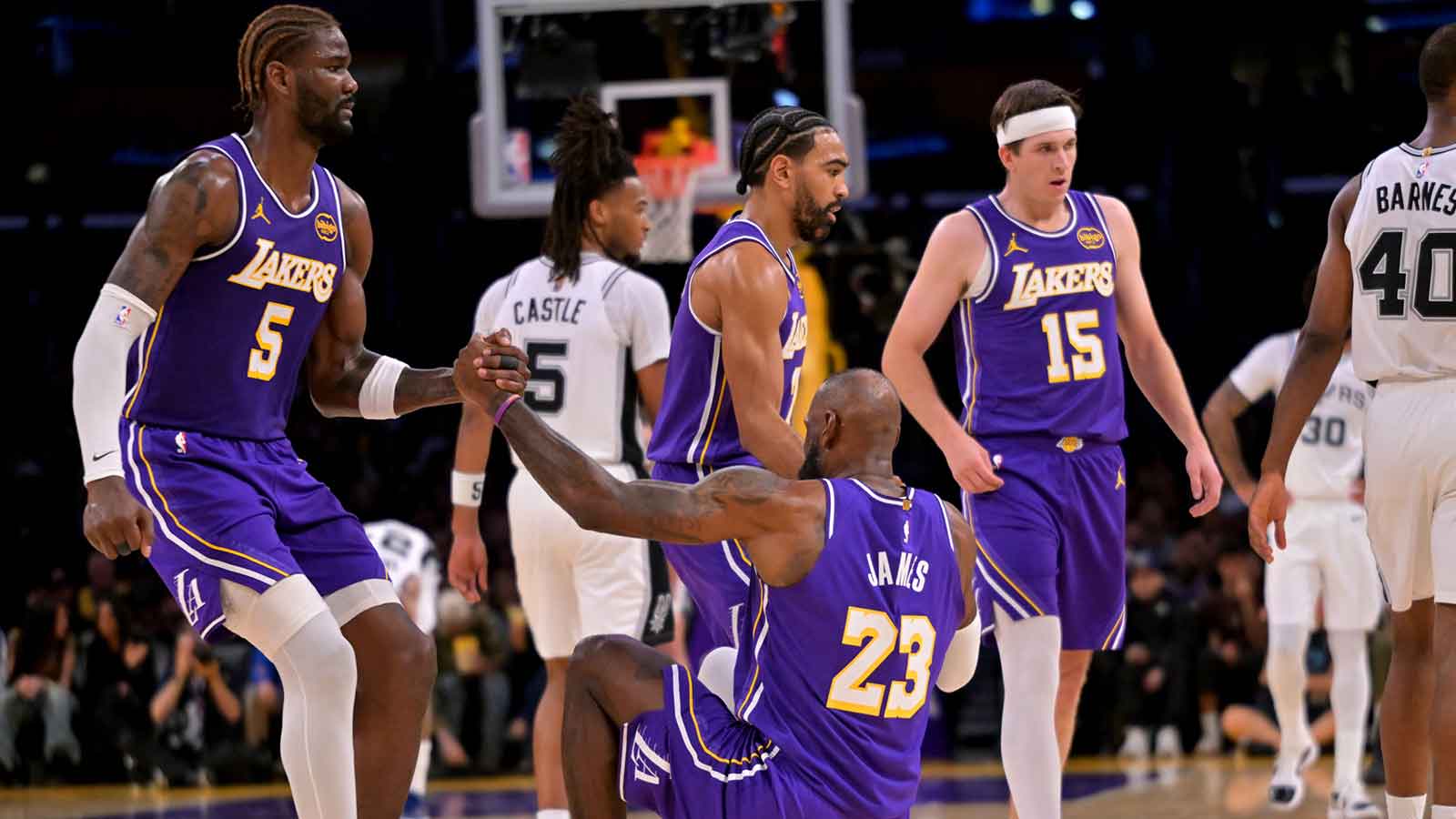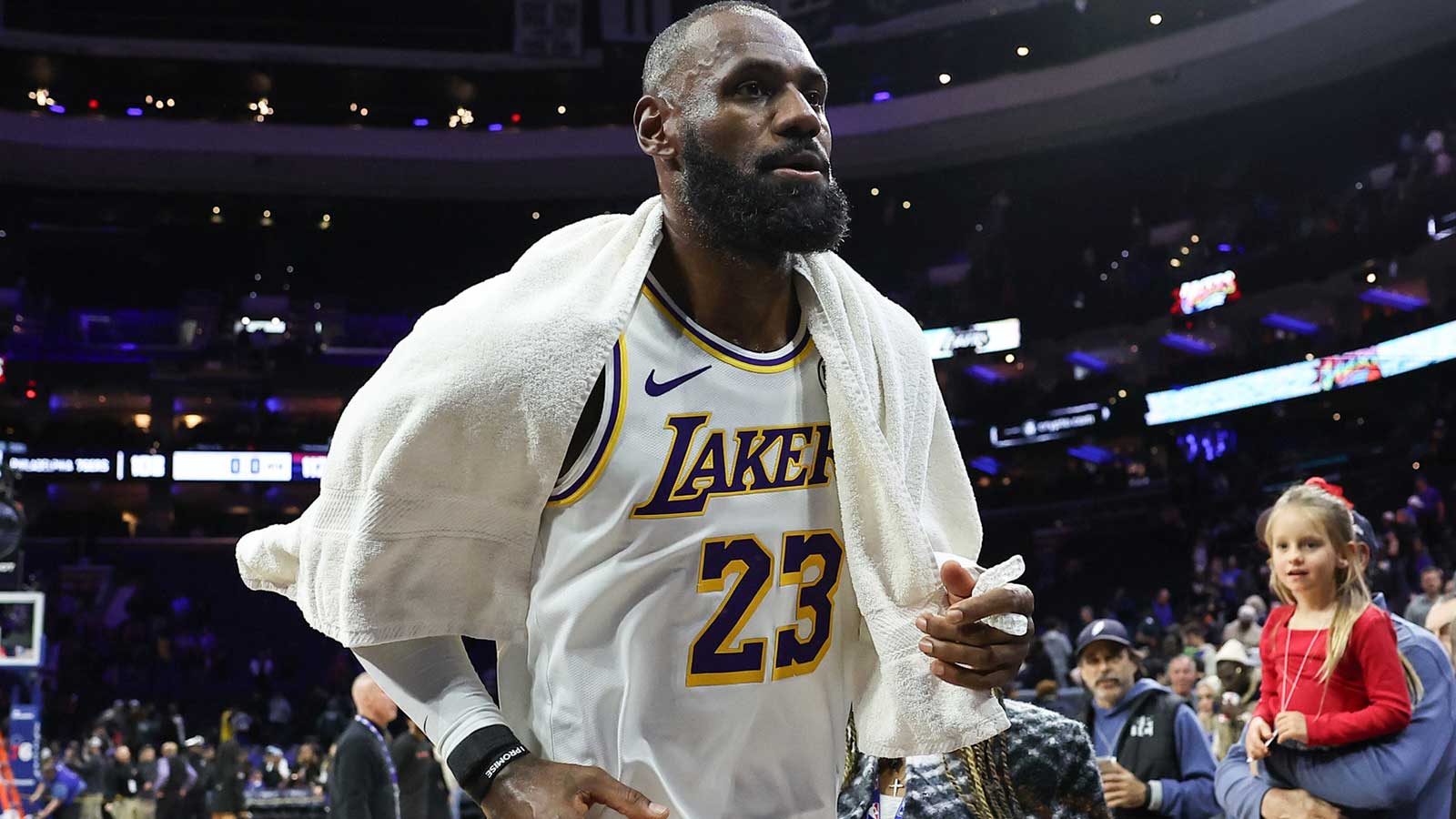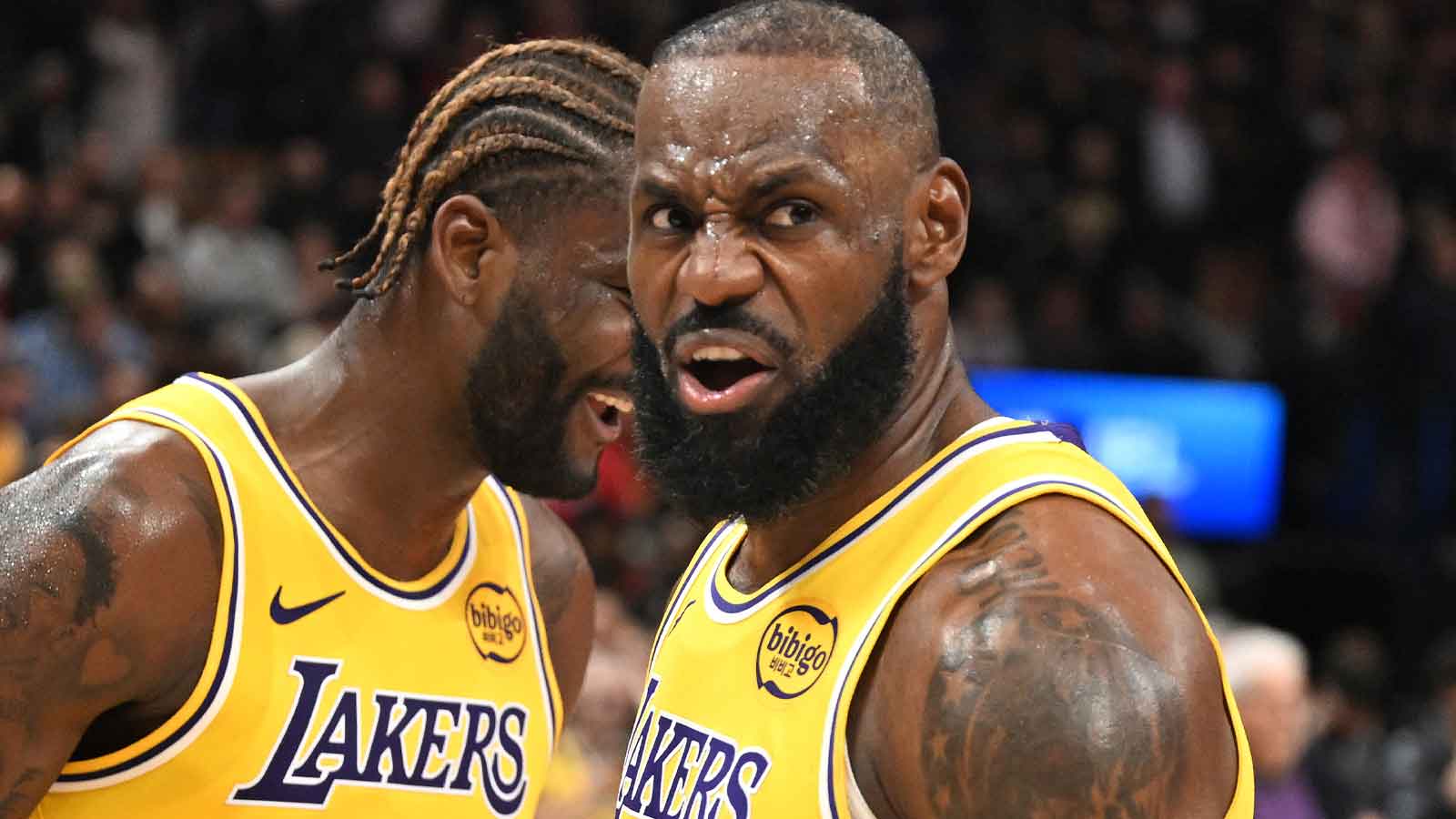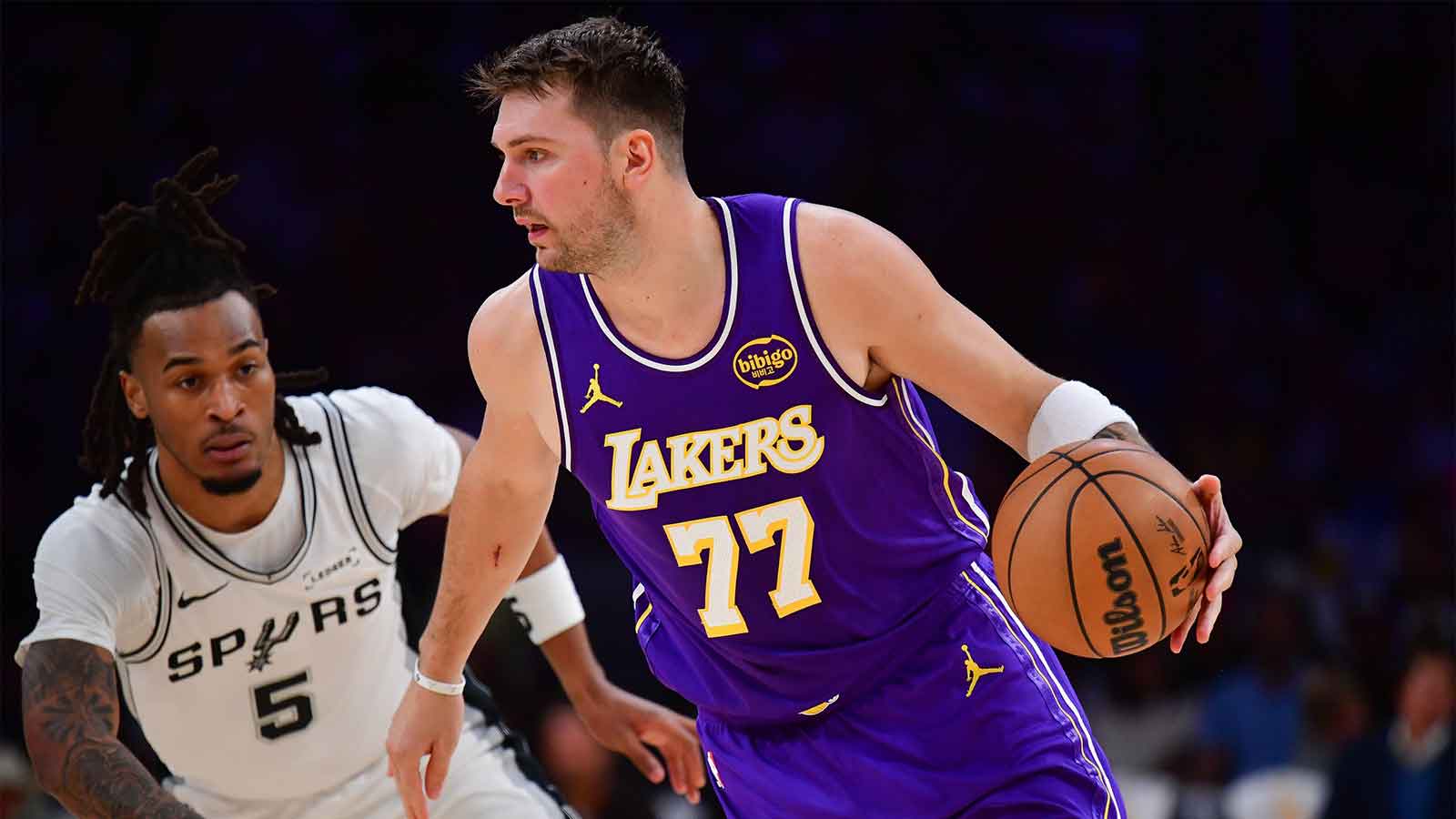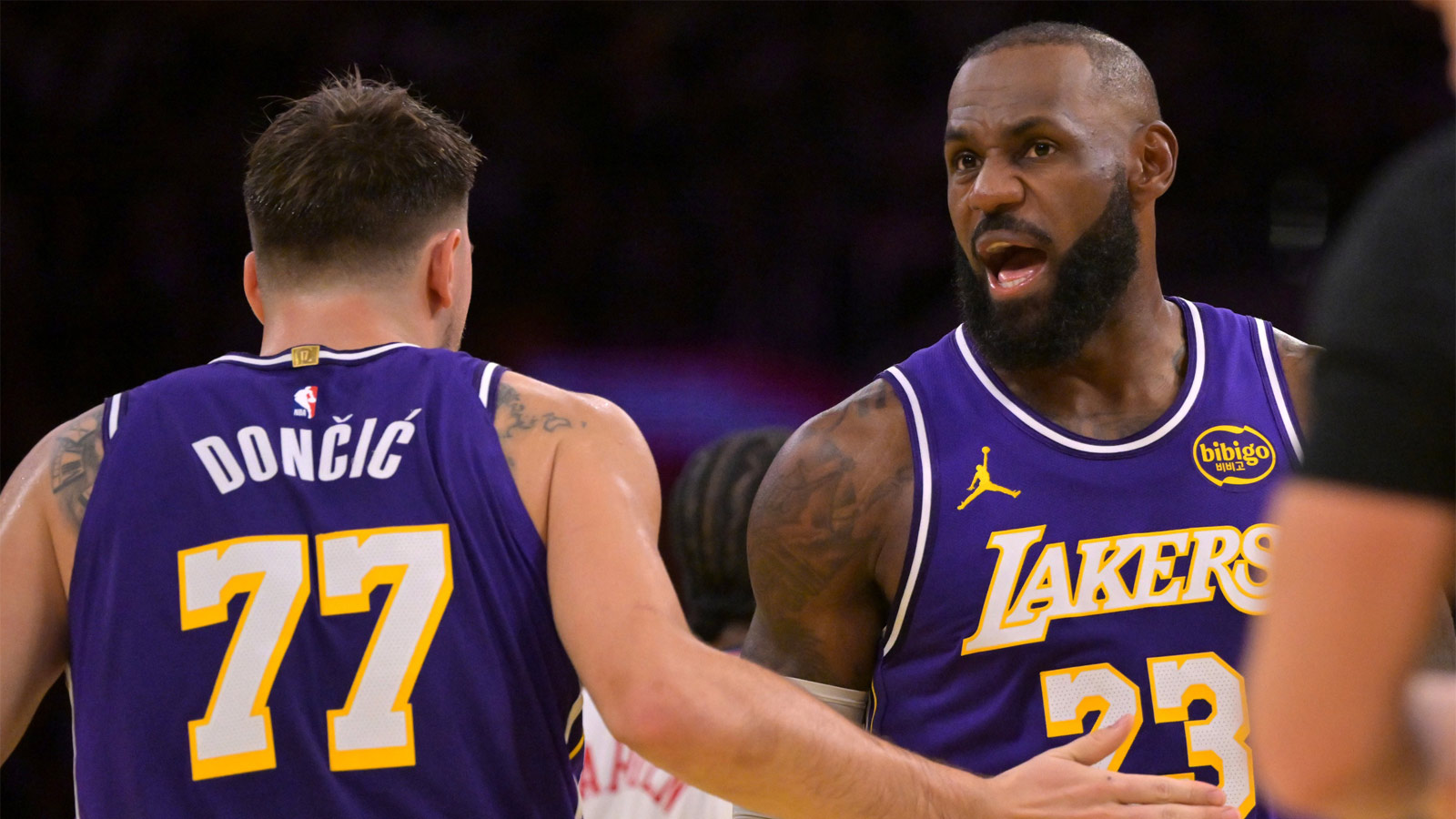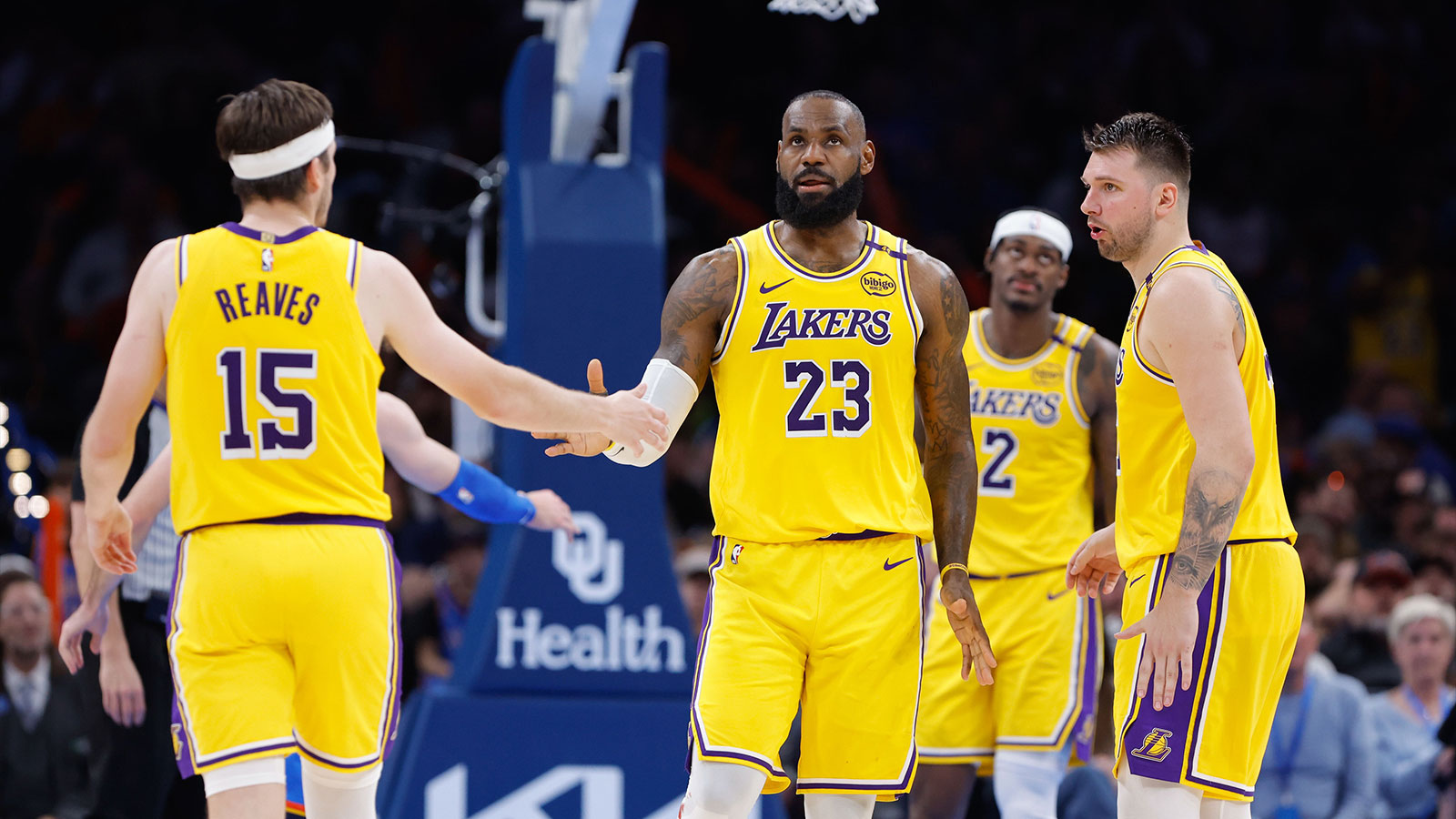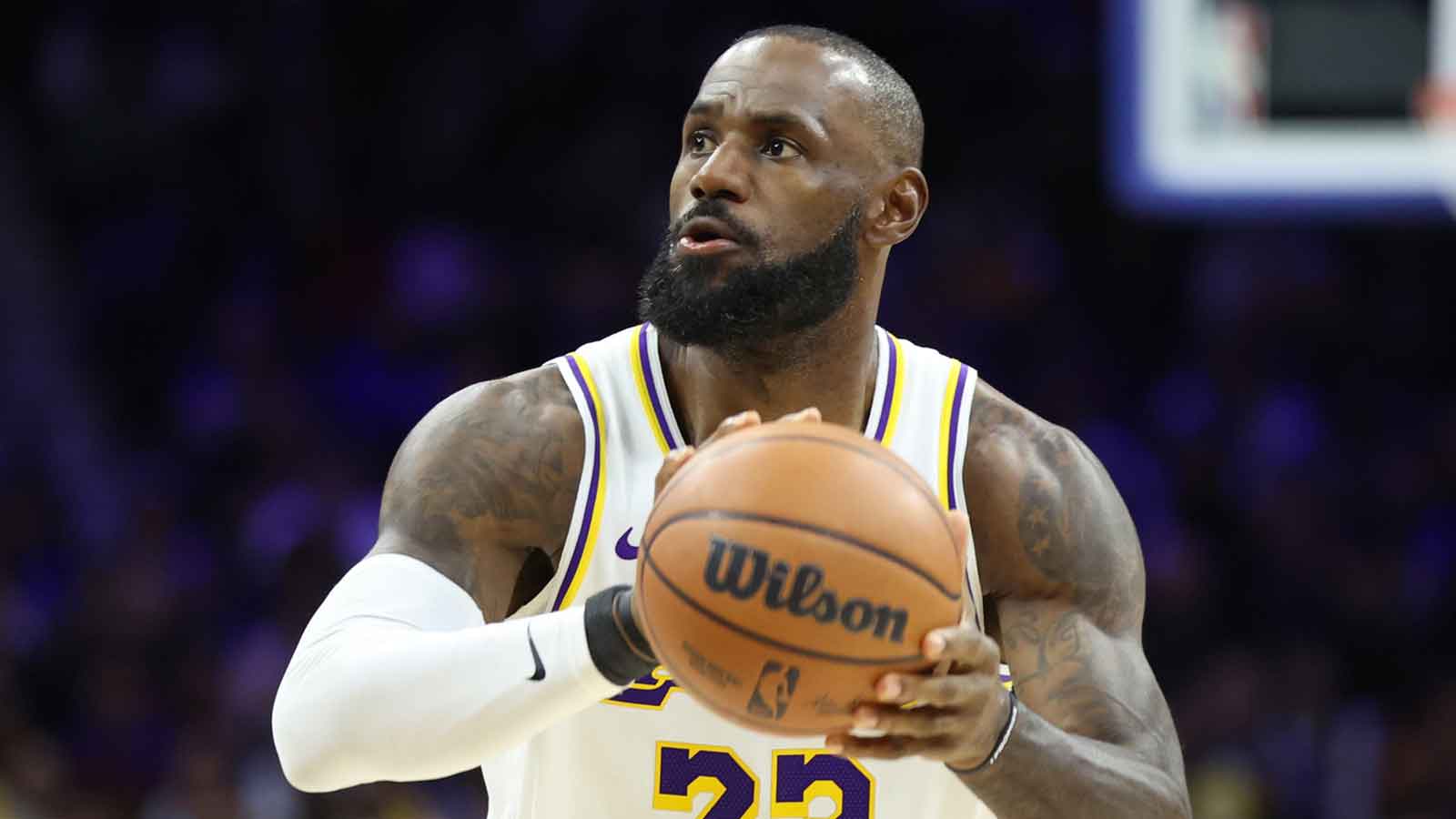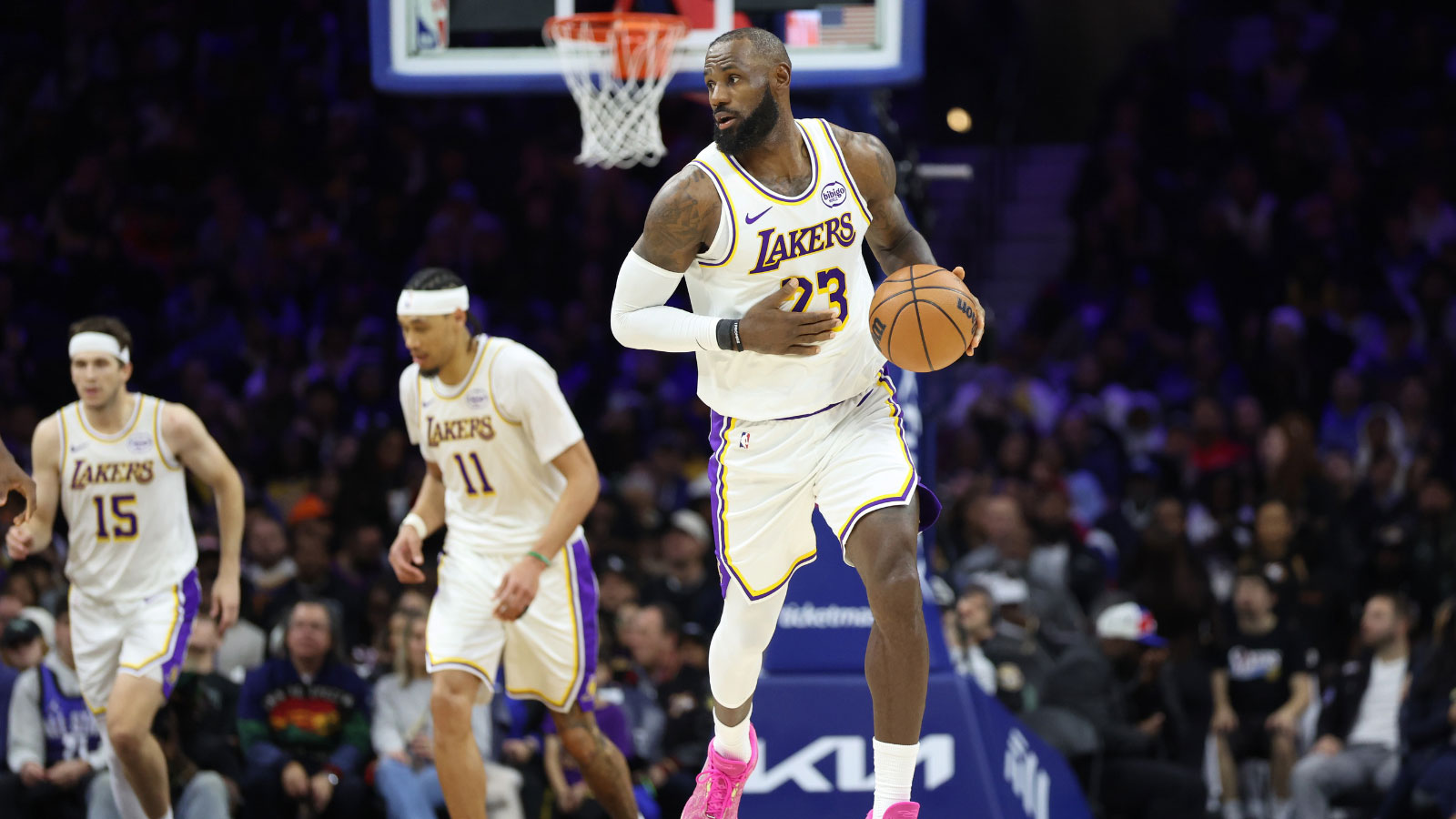On Friday morning, ESPN reported that Darvin Ham will bring Russell Westbrook off the bench for the Los Angeles Lakers' preseason finale against the Sacramento Kings.
Later in the day, The Athletic's Jovan Buha said he believes Westbrook will not start on opening night on Tuesday. (The Athletic previously reported that Los Angeles was “strongly” considering putting Russ with the second unit.) Ham and Westbrook have apparently had many offseason conversations about buy-in, accountability, defense, playing whatever role is asked, and the like. Evidently, that included the notion of letting Russ quarterback the B-Team.
Ham confirmed the decision pregame.
“He’s been a pro,” the coach said. “He totally understood. He said ‘Yeah coach, whatever you need me to do.’”
So it begins.
The Lakers plan to bring Russell Westbrook off the bench tonight in their final preseason game vs. the Kings.
Darvin Ham and Westbrook have been exploring the possibility of Westbrook "quarterbacking" the second unit and will try it for tonight's game.
(via @wojespn, @mcten) pic.twitter.com/KVlLeJrOPl
— ClutchPoints (@ClutchPoints) October 14, 2022
For the Lakers and Ham, this is the right experiment — and the right time to do it. It's also the best situation for the former MVP — though whether he sees it that way is the biggest question mark facing the Lakers.
Let's start with Ham. The first-year head coach was hired, in part, because of the respect he commands from players — notably stars — thanks to his gravitas, communication skills, and playing career. Starting Patrick Beverley over Westbrook in Game 1 will be a telling early-season barometer as to whether he can keep Westbrook invested and the locker room vibing.
If Ham can indeed get Westbrook to buy in, he will immediately earn plaudits and validation. Remember: the Lakers front office — led by Rob Pelinka, fresh off an extension that secures long-term job security — has already given Ham autonomy that was never awarded to Frank Vogel (though management did eventually green-light Vogel benching Russ in crunch time).
Furthermore, the fact that Ham has used six different starting lineups across six preseason tilts allows him to use the ol' “just experimenting” rationale when selling Russ — who last came off the bench in the NBA in 2008 — on the idea. Westbrook's poor performance on Wednesday (five points, 1-3 FG, three turnovers, 25 minutes) only makes the move easier to justify.
“It’s different combinations of seeing different guys play together,” Ham explained on Thursday when asked about the lineup variety. “You have to prepare yourself, you‘ve got to get out in front of the fact that there’s going to be injuries. … So, you just have to prepare yourself and be at the forefront of that by plugging in different lineups, different players, and different positions so that when that day comes you feel a little bit more prepared.
“Not only the player or the coach, but the whole team, because they’ve seen those lineups out there before that. We’ll have our main guys, but I want to institute different combinations.”
In terms of timing, Ham has played this perfectly. In nearly every instance in which he's spoken about Westbrook since being hired, he's simultaneously hyped him up as an all-time great and a key member of the Lakers, and has reiterated that Russ has personally assured him that the guard is willing to play whatever role is asked. Ham has never guaranteed him the starting gig. Effectively, Ham has placed the onus on Westbrook to adapt. Challenging Russ to prove his selflessness in the final preseason game presents a less dramatic moment in which to ease into the transition — particularly if Westbrook plays well in Sacramento.
Darvin Ham discusses Russell Westbrook coming off the bench pic.twitter.com/hX6eoPUOky
— Dan Woike (@DanWoikeSports) October 15, 2022
For the Lakers, the decision is not only defensible — it's obvious. Frankly, it doesn't require an analytical deep-dive or elaborate Xs-and-Os breakdown to understand why. If you've watched Lakers basketball for the past year, you know Westbrook's ideal role is not as a third-wheel in lineups with LeBron James and Anthony Davis, which have been outscored by 3.0 points per 100 possessions in 21 regular season games.
To thrive alongside AD and LeBron in Ham's “four-out, one-in” system, Westbrook would need to genuinely evolve into an active off-ball mover/screen-setter, above-average three-point shooter, and occasionally embrace the dunker spot. Beverley, as a career role player and 37.8 percent three-point shooter, is the cleaner fit. The Lakers know they need to stagger Russ and LeBron as much as possible.
Ty Lue commands enough respect from his players (for a host of reasons) to make this kind of decision. The Lakers hired Ham, in part, to be the same type of leader, and starting Pat Bev over Russ early in the season would certainly test that. https://t.co/9Hu1JlSnTV
— Michael Corvo (@michaelcorvo_) October 14, 2022
Correspondingly, allowing Russ to do what he does best — dominate the ball, attack the lane and create looks, be the “one-in” orbited by floor-spacers and solid defenders — could produce an elite Sixth Man. Ham can surround the future Hall of Famer with some combination of Kendrick Nunn, Juan Toscano-Anderson, Austin Reaves, Troy Brown Jr. (when he returns from a back injury), Damian Jones, or Thomas Bryant. The opportunity for Russ to wreck second units and pad stats could stroke his ego, rebuild his reputation as a useful team-first player, and behoove him in free agency. For the Lakers, it could increase his trade value.
“The Lakers at some point here will start engaging teams again on possible Russell Westbrook trades. They paused it at the start of training camp.”@wojespn on the Lakers’ plans 👀
pic.twitter.com/hEMt6vvN2k— ClutchPoints (@ClutchPoints) October 14, 2022
The tricky part of this decision is personal, not professional — reliant on Russ embracing the “re-alignment” with vigor and enthusiasm. However, to this point — besides some public pablum here and there — there is zero evidence that Westbrook is willing to do so, especially while he's still the highest-paid player on the team. Last season, Westbrook — despite occasionally spewing the right generalities about winning — despised getting benched in crunch time. He declared that his resumé should grandfather him into closing lineups, regardless of the current state of his game. At Ham's intro presser in June, Westbrook, in the room, scoffed when a question was raised about him coming off the bench. In August, he fired his longtime agent, who implied Westbrook would favor leaving Los Angeles over becoming a role player.
Lakers coach Darvin Ham announced tonight that “the door is not closed on Russ starting.”
But a “realignment,” to use Ham’s term, doesn’t quite sound like a one-night thing. https://t.co/ycooZOjrcf
— Marc Stein (@TheSteinLine) October 15, 2022
It's been a strange week for Russ and the Lakers (what else is new?). Friday's exhibition in Sacramento will either represent a preview of the next chapter of Westbrook's career and a potentially productive step for the 2022-23 Lakers, or just another match lit atop a combustible situation. The Lakers are planting the right seeds. At this point, it's up to Russ to make the best of it and earn his flowers.



